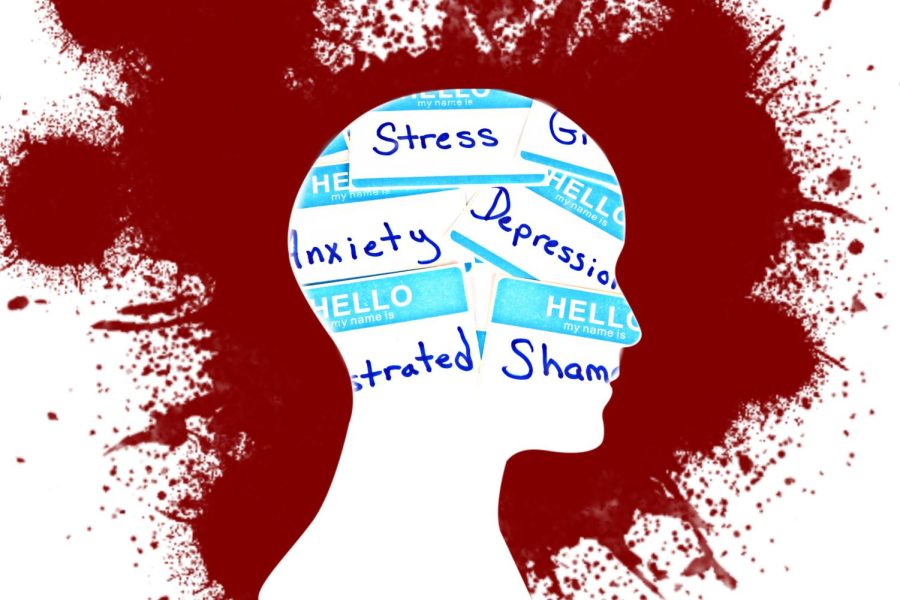The Treatment of Mental Health in Schools
San Juan Hills’ seven counselors are available 5 days a week from 7:30 am to 3:00 pm. In addition to academic advising, counselors are trained to assist students with any social/emotional issues, including struggles with depression, anxiety, stress, and coping skills. If you are experiencing a mental health emergency, and it is after hours or during the weekend, please call the national suicide prevention lifeline (800-273-8255 or dial 911.
April 24, 2022
Content Warning: This article contains subject matter involving suicide and may be triggering for some.
An estimated 49.5 percent of adolescents have dealt with a mental health disorder at some point in their lives.
Returning to the classroom fully in person following a year of distance learning was extremely difficult for some students. “Nearly every child in the country is suffering to some degree from the psychological effects of the pandemic,” said Sharon Hoover, co-director of the University of Maryland-based National Center for School Mental Health.
In 2020, according to the Federal Centers for Disease Control and Prevention, emergency department visits for suspected suicide attempts among adolescents jumped 31 percent compared to the year before.
Students are significantly more anxious and susceptible to declines in their mental health following a long period of grief and drastic change in routine.
With statistics like these, it begs the question: what are schools doing for students’ mental health, and should they be doing more?
Counseling
As simple as it sounds, talking to others makes navigating one’s mental health significantly more operable. Whether it be a friend, a family member, or a professional, vocalizing struggles and being vulnerable opens up the door to improvement.
At SJHHS, we have seven academic and social-emotional counselors, assigned to every student by last name. Counselors, beyond the academic realm, are trained to aid in short-term/crisis counseling, social-emotional counseling, conflict mediation, etc.; with the promise of confidentiality (excluding cases where you want to hurt yourself or someone else, or someone wants to hurt you).
Although so many adolescents struggle with mental health issues, “over 60% of youth with major depression do not receive any mental health treatment” (Mental Health America).
Talking to someone, whether it be a counselor, a parent, a friend, or just someone you trust can save your life or that of someone you love.
School Programs
Not everyone wants to go to the counselor’s office at school, whether they feel embarrassed or uncomfortable speaking to a counselor. Integrated school programs, however, can create a positive environment for students struggling with their mental health.
Visibility and exposure are important for removing the stigma around mental health disorders. Talking about mental health and being open and transparent in schools, where teens spend most of their week, can help remove the judgment or shame young adults and children may feel when coming to terms with mental illnesses and seeking help.
In the Classroom
Teens spend around seven hours in school, five days a week. Beyond just specifically trained school counselors, educators should be informed of the warning signs for mental health problems in their students.
Educators should take note if a student is displaying behaviors including social withdrawal, unusual difficulty focusing or completing tasks, and generally acting out of character.
Teachers should also take greater care in building relationships with their students and promoting open communication. While educators are not trained or obligated to provide counseling or advice, listening to students, hearing them out, and trying to understand what they’re struggling with makes a huge difference for adolescents dealing with mental health issues.
Even just one trusting, supportive teacher can make all the difference in a student’s life.
If you are experiencing a mental health crisis emergency, call the national suicide prevention lifeline at 800-273-8255, text 844-572-9669, or dial 911 immediately.



